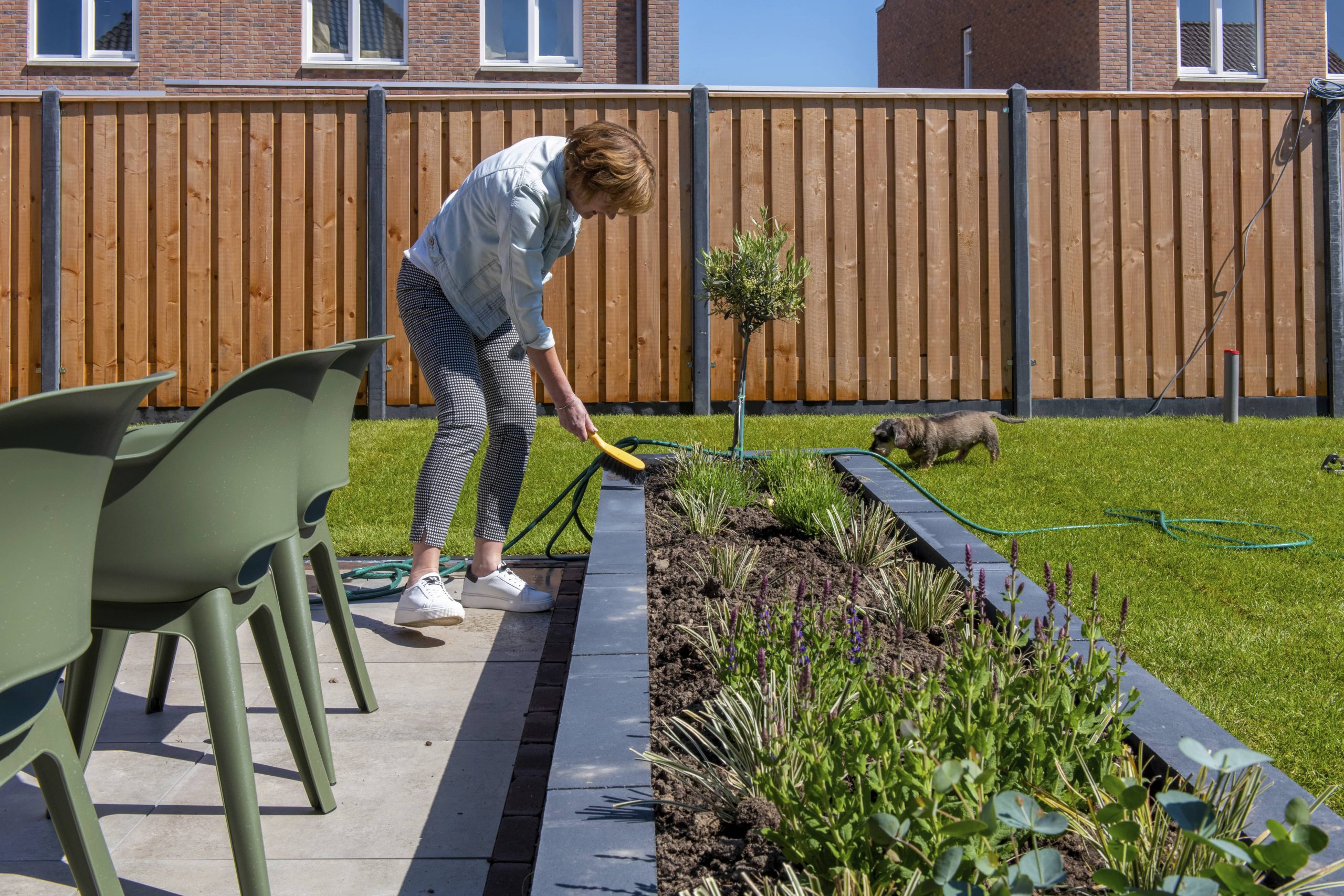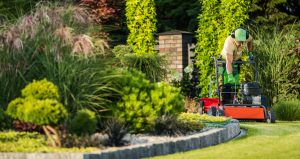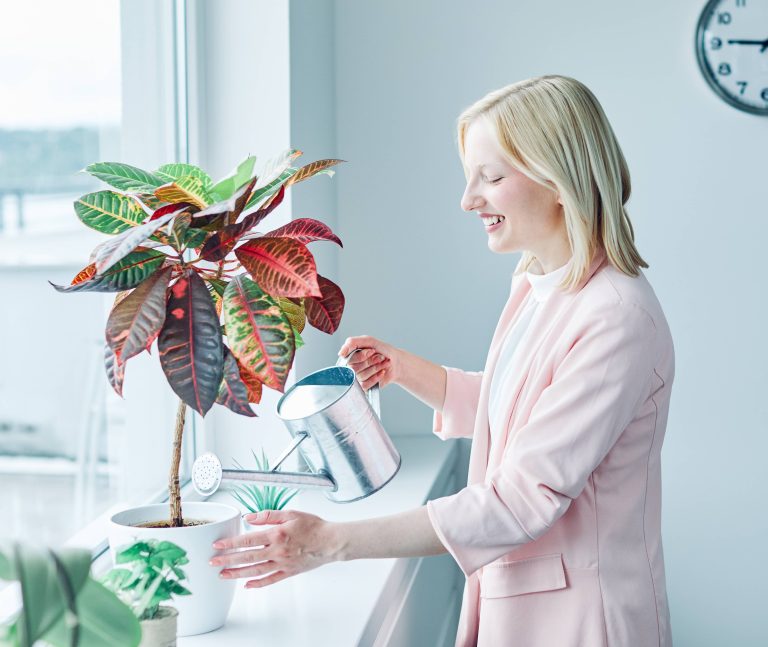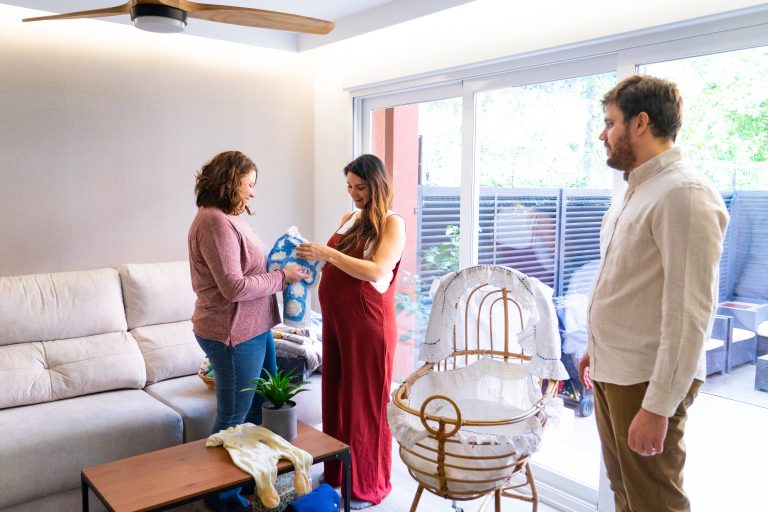
As a gardener and landscaping enthusiast, you already know the importance of creating a cohesive, aesthetic, and functional outdoor space. One element that can significantly enhance your garden’s ambiance is the incorporation of water features. Whether it’s a tranquil pond, a cascading waterfall, or a simple birdbath, water elements add movement, sound, and a serene aesthetic to any landscape. In this blog post, we’ll explore how you can enhance your landscape with water features, providing ideas and tips to help you create an outdoor sanctuary.
The Charm of Water Features
Water features have been incorporated into gardens and landscapes for centuries, found in ancient Roman gardens, Japanese Zen gardens, and many more cultural landscapes across the world. The allure of a water feature is multifaceted. Not only do they create a focal point, drawing attention with their visual beauty, but they also engage other senses through sound and touch, offering a meditative experience.
Benefits of Incorporating Water Features:
1. Visual Appeal: Water features serve as alluring central pieces that attract the eye and can transform a mundane area into an exotic retreat.
2. Soothing Sounds: The gentle trickling or bubbling of water can have therapeutic effects, masking noise pollution and creating a calming atmosphere.
3. Wildlife Attraction: Water draws wildlife such as birds, butterflies, dragonflies, and sometimes small mammals, enriching your garden with life.
4. Temperature Regulation: Water features can help regulate temperature in your garden, creating a microclimate that benefits both plants and humans.
5. Increased Property Value: A well-designed landscape with water features can increase your property’s appeal and, potentially, its market value.
Choosing the Right Water Feature
When considering adding a water feature to your garden, it’s crucial to select one that complements your garden’s style and size. Here are a few options to ponder:
1. Ponds
A pond is a wonderful addition if you have ample space. It serves as a habitat for aquatic plants and fish, creating a vibrant ecosystem. You can opt for a formal design with stone edging or a more natural look with curves and varying depths. Consider using a pond liner to prevent leaks and think about installing a pump to keep the water circulating, which helps maintain water quality.
2. Waterfalls and Streams
Waterfalls add a dynamic component to your garden, bringing in a sense of movement and sound. A waterfall can be integrated into a pond or standalone, flowing into a well-placed basin or a stream. Use rocks and plants to create a natural look, and consider the height and flow rate, ensuring it suits your space and personal preferences.
3. Fountains
Fountains are versatile water features available in an array of styles, sizes, and materials. From classic tiered stone fountains to modern sculptures, there’s something to match any garden aesthetic. Since fountains can be freestanding or wall-mounted, they’re perfect for gardens of all sizes, even smaller spaces or patios.
4. Birdbaths
Birdbaths are straightforward yet effective in enhancing your garden. They provide necessary water for local birds while also acting as a decorative element. Choose a design that complements your garden’s style, and place it in an open area away from predators.
5. Rain Chains and Rills
Rain chains are an aesthetically pleasing alternative to traditional downspouts. These chains guide rainwater from your roof into a container or directly into your garden, creating a rainwater feature. Rills, on the other hand, are narrow channels of water flowing across the garden, offering subtle water movement without requiring a large space.
Installation and Maintenance
Once you’ve chosen a water feature, planning is crucial for successful installation and longevity. Here’s a general guide to ensure smooth integration:
– Research and Permits: Before starting any installation, determine if you need any permits, particularly for larger water features. Consult local ordinances and guidelines.
– Site Survey and Preparation: Choose a suitable location that not only highlights the water feature but also works with existing plants and structures. Ensure that the ground is stable and consider proximity to electrical outlets for pumps and lighting.
– Installation: Depending on the complexity of the water feature, you may need professional help. For DIY projects, follow detailed instructions and use appropriate tools and materials.
– Maintenance: Regular maintenance is necessary to keep your water feature looking its best. This may include cleaning debris, ensuring pumps are functioning, and controlling algae growth. Consult with professionals for chemical treatments that are eco-friendly and safe for wildlife.
Design Tips
– Integrate with Nature: Use surrounding flora to blend your water feature with the landscape. Native plants, as well as rocks and stones, can be utilized to create a natural setting.
– Lighting: Illuminate your water feature to create a stunning nighttime display. LED lights can be submerged or aimed at the water for a dramatic effect.
– Balance and Proportion: Ensure your water feature is proportionate to the space. A massive fountain may overwhelm a small garden, while a tiny birdbath might look lost in a large yard.
Incorporating a water feature into your landscape can transform your outdoor space, fostering tranquility and connecting you with nature. Whether you opt for the elegance of a fountain or the natural appeal of a pond, each brings its unique charm and benefits. So, take the plunge and enrich your garden with the soothing presence of water, creating a sanctuary for both yourself and the local wildlife. Embrace the change and watch as your garden is elevated to a new level of beauty and serenity.













